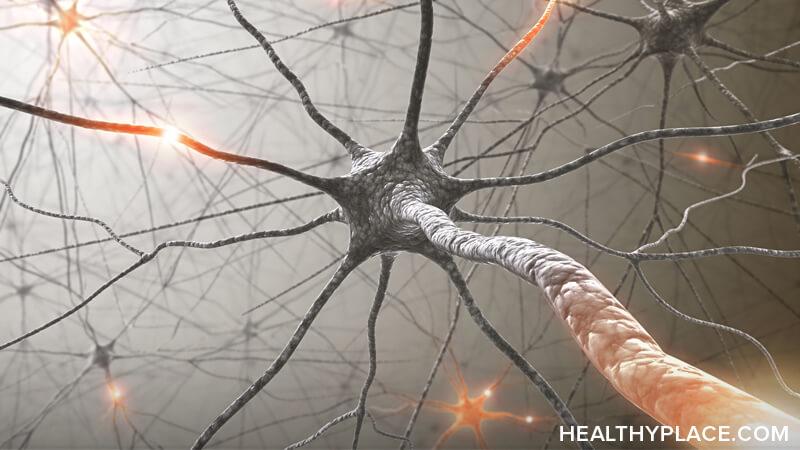Life Without Anxiety? Picture It with Visualization
 It can be hard to see beyond anxiety to picture a life without that anxiety. When anxiety grips us and we can't wriggle free, it's common to feel trapped, stuck, and frustrated. When you want a life without anxiety but can't seem to be able to move toward it, add visualization to the other things you're already doing to reduce anxiety. According to experts in many fields (among them sports, business, psychology, and biology), picturing yourself living a life without anxiety helps you realize that vision.
It can be hard to see beyond anxiety to picture a life without that anxiety. When anxiety grips us and we can't wriggle free, it's common to feel trapped, stuck, and frustrated. When you want a life without anxiety but can't seem to be able to move toward it, add visualization to the other things you're already doing to reduce anxiety. According to experts in many fields (among them sports, business, psychology, and biology), picturing yourself living a life without anxiety helps you realize that vision.
What Does it Mean to Picture a Life Without Anxiety?
The official name for the process of picturing something you want is visualization. Also called mental rehearsal or mental imagery, visualization is a process that involves:
- developing a clear and detailed goal
- picturing yourself taking the steps you need to take to achieve it
- imagining yourself living your goal
The human brain is capable of vivid imagination. Think about your anxieties, your worries, what-ifs, and worst-case scenarios. Think, too, of your memories; many times, they involve horrifying thoughts of things we said or did or didn't say or didn't do. Most of these memories and worries are exaggerated in our mind, although they seem accurate and realistic. That's because the brain can imagine. We can use that to our advantage and take control of what we want to imagine.
Is this real? Does visualizing something you want actually produce it? Brain science says it does indeed help people live an anxiety-free life.
Mental Rehearsal Sets the Stage for a Real Life Without Anxiety
When we approach visualization with purpose and passion, we can make it work.
Having purpose refers to setting a solid goal of what you want. It's knowing what you want instead of merely what you don't want. The brain already thinks about anxiety. One of the reasons visualization works is because you're taking back your control by directing your brain to think about something different and positive. The brain responds to this change in thinking.
Having passion means that you believe in your goal. It excites you. You're ready to embrace that life you're picturing. The brain is emotional, as anxiety-sufferers often know all too well. Attach positive emotions to make your mental pictures come to life.
Since the late 1960s, when athletes in the Soviet Union began improving their performance by using visualization, numerous research studies have been conducted, and the vast majority have that visualization works and why. Brain chemistry responds to mental pictures. When you picture a life without anxiety, your brain chemistry and neurological activity react as if what you're picturing is real. The brain also takes notes, recording what you're picturing so it can later respond as if it already happened in reality.
Further, your visualization exercises allow you to recover control over what you pay attention to. Mental practice tells your brain what is important to you and what to focus on. When you visualize, you teach your brain what to pay attention to: not anxieties but your ultimate goal.
Visualization can work. The key is knowing how to do it. Next week's article will explore how to visualize to reduce anxiety.
APA Reference
Peterson, T.
(2019, February 14). Life Without Anxiety? Picture It with Visualization , HealthyPlace. Retrieved
on 2025, December 4 from https://www.healthyplace.com/blogs/anxiety-schmanxiety/2019/2/life-without-anxiety-picture-it-with-visualization